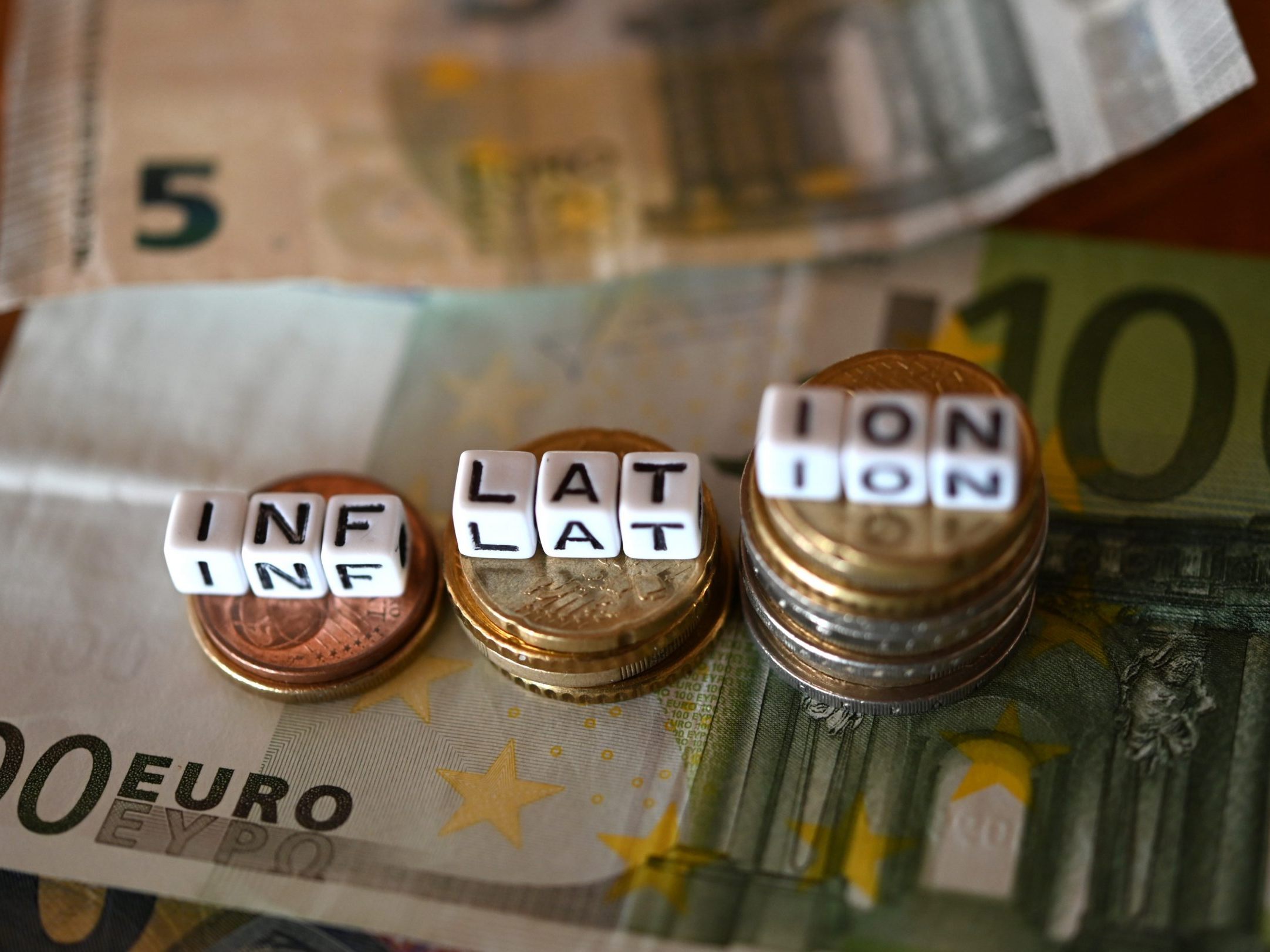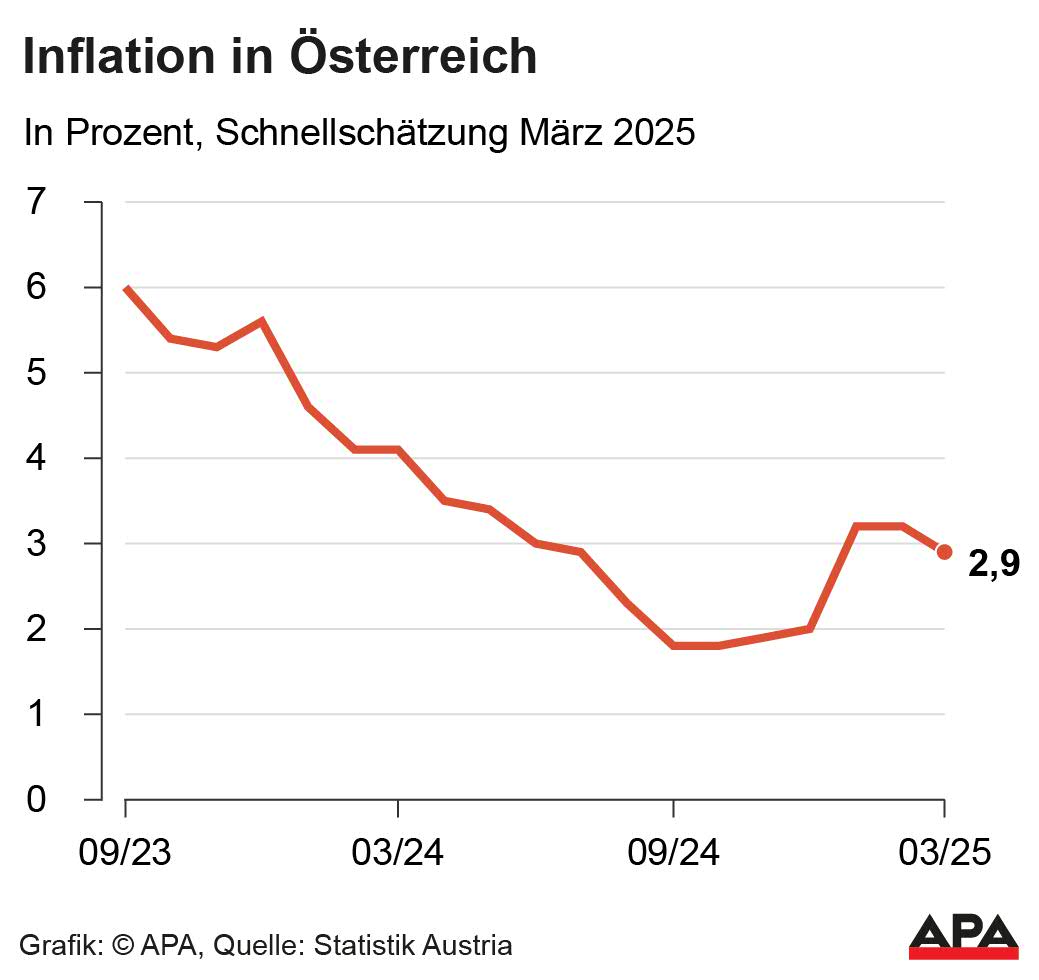2.9 Percent Inflation in March: What Continues to Drive Prices

The inflation rate in Austria increased by 2.9 percent in March compared to the same month last year, following an inflation rate of 3.2 percent in both January and February, Statistics Austria reported on Tuesday. The rate is thus moving back towards the European Central Bank's (ECB) inflation target of two percent. The biggest price driver, as in the previous month, was services, with prices rising by 4.2 percent year-on-year.

Strong Price Increase in Food, Tobacco, and Alcohol
Food, tobacco, and alcohol also became more expensive than average, with an increase of 3.2 percent. In contrast, energy prices rose below average by 2.2 percent compared to the same month last year. "Here, lower fuel prices partially offset the increased electricity prices," said Statistics Austria Director General Tobias Thomas according to the release. Prices for industrial goods increased by 0.8 percent.
The harmonized consumer price index (HICP) according to European standards was 3.1 percent in March compared to the same month last year and 0.3 percent compared to the previous month.
Inflation in the Eurozone Declined
Inflation in the Eurozone, meanwhile, has continued to decline, providing the ECB with arguments for continuing its interest rate cut policy. In March, consumer prices in the 20-country community rose by only 2.2 percent compared to the same month last year, Eurostat reported in its preliminary estimate on Tuesday. In February, the inflation rate was still at 2.3 percent. Economists had expected a decline of this magnitude.
(APA/Red)
This article has been automatically translated, read the original article here.





